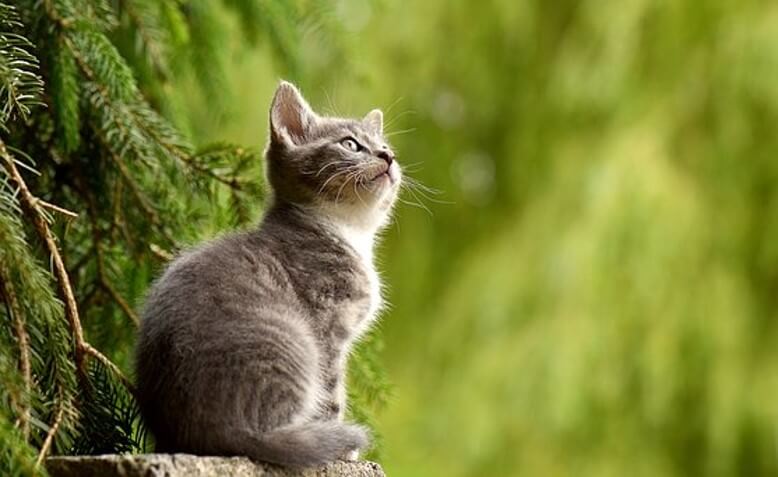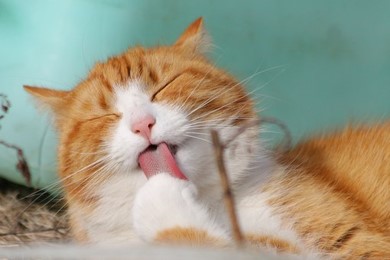An Ultimate Guide to Understand a Cat's Behavior
Cats, together with dogs, rabbits, fish, and turtles, are typically the household pets that children ask from their parents. Taking care of a cat can help a child build a responsible character. In the same manner, most of those living alone, like myself, prefer having a cat for company. If you want to take a cat under your wings sometime in the near future, or you already have one in your household, perhaps it is best to understand a cat's behavior.

Key Indicators of a Cat's Mood
My cat's body language says a lot about his mood. The key indicators that I watch are his eyes, ears, trunk, and tail. Nevertheless, no two cats are the same. When most cats lay with their backs on the floor, exposing their tummy, chances are they want a belly rub. My cat is different though. If he begins to lie flat on his back and expose his belly, he is actually getting his claws ready to attack a prey.
Eyes
For humans, the eyes are the windows to the soul, for cats, their eyes are the windows to their mood. A slow blink indicates that my cat is comfortable around me and feels secure enough that my cat sleep between my legs. Cats normally sleep between human legs because they find it warm and naturally comfortable and secure. I also observe whether the pupils of my cat are dilated because this indicates curiosity or keen interest to play. Conversely, I have observed that my cat's pupils are narrow when he is being aggressive.
Ears
My cat is usually alert when he notices me preparing his food. In this instance, I have observed that his ears are high and erect. His ears tend to move forward when I am petting him or when he is basically just watching me do the things I do. But when I get to scold him in cases when he is naughty, I notice that his ears are flattened down, indicating fear or embarrassment.
Trunk
A cat's body shape and posture say a lot about his mood. When my cat is frightened or angry, his body is arched back, trying to make himself as big as possible. On the other hand, he crouches down when he is frightened. Most cats do this position because it lets them take off easily when they feel that they need to run. Nonetheless, he shows a completely normal posture in most instances, with his body pointing towards me if he wants a belly rub.
Tail
My cat's tail is also a barometer of his mood. Just like when dogs wag their tails when they are excited, my cat's tails quiver when he is happy. I noticed that his tail is tucked down when I get mad at him. On the other hand, my cat's tail is upright when he is agitated.

In conclusion, it is important to be a responsible pet owner. Aside from providing your cat with their basic needs such as food and shelter, it is also necessary to let them feel your love and care. You will be able to do this successfully if you understand why cats behave the way they do.
839GYLCCC1992




Leave a Reply